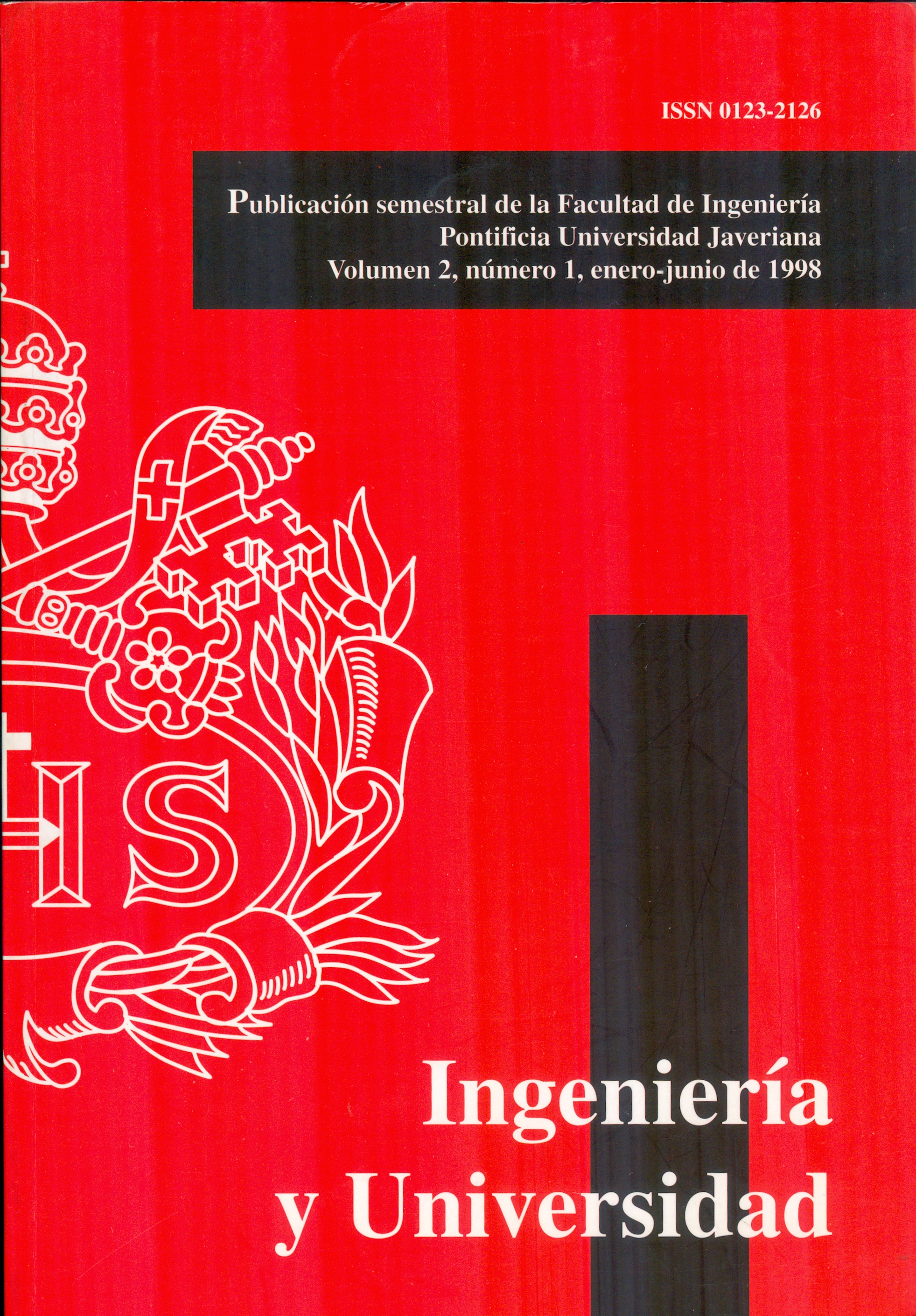Abstract
The basic idea behind Hering 's color theory is that the color information can be transmited and coded using three channels, and the information on each channel is not just the value perceived by the retina photoreceptors, as expressed by Young- Helmholt; [3j, but it is the sum or dijference of the color information derived from the photoreceptors.
Hering, E. Translated by Hurvich, L.M. and Jameson, D. Outlines of a Theory of the Light Sense. Cambridge: Harvard University Press, 1964.
Holway, A., Hurvich, L.M. Visual differential sensitivity and retinal area. Reprinted in Readings in Mathematical Psychology by Luce, D., Bush, R. New York: John Wiley, 1965.
Hubel, D. Eye Brain and vision. New York: Scientitic American Library, 1988.
Jameson, D. Hurvich, L.M. Perceived color and its dependence on focal, surrounding and preceding stimulus variables. Reprinted in Readings in Mathematical Psychology by Luce, D. and Bush, R. New York: John Wiley, 1965.

This work is licensed under a Creative Commons Attribution 4.0 International License.


